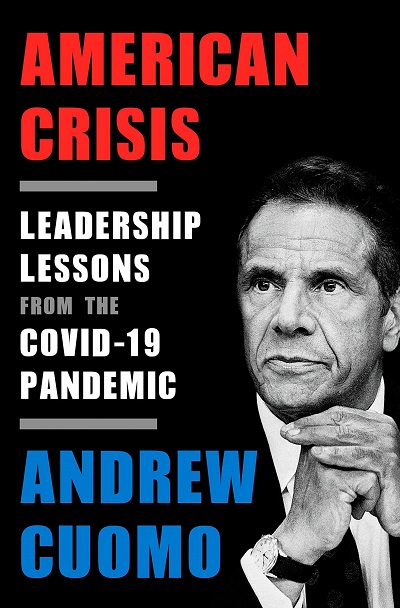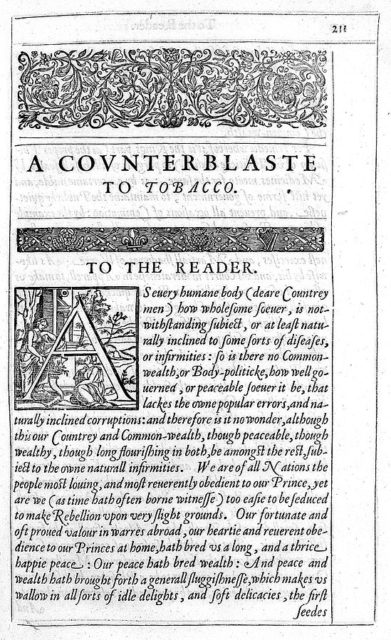Jen Gerson hates Canada’s supply management “system” with the heat of a thousand suns. And she’s perfectly right to do so:

Former federal Conservative Party leader Andrew Scheer, paid tool of Big Dairy, chugs some milk during a Press Gallery speech in 2017. I’ve called him the “Milk Dud” ever since.
Screencapture from a CTV video uploaded to YouTube.
Many of you readers have listened to the likes of me complain about supply management over the years, but for those of you whose eyes glazed over until you started to notice your rent money disappearing into your grocery bill, here’s a very quick primer.
The supply management system insulates eggs, dairy, and poultry from the vicissitudes of the free market, assuring established farmers in these few sectors a guaranteed return to produce a pre-ordained supply of these products. The federal and provincial governments oversee the system via various dairy commissions.
Some government involvement in dairy has been a feature of our agricultural system since the late 19th century, however the system as it exists today came into effect in the ’70s. It consists, broadly, of three policy mechanisms. Prices are set internally to assure farmers receive a healthy profit for their labour, farmers are protected from competition though ruinous import tariffs, and then supply is managed via a quota system.
As one might expect, this has created extraordinary economic distortions, assuring that a container of milk in Canada is radically more expensive than an identical product south of the border. (Yes, American milk is subsidized too, although less than it once was. And from a consumer’s perspective, so what? If the Americans want to subsidize cheap milk to send north, all the better for shoppers.)
In order to keep production at a steady level, the system has to keep newer, cheaper players from entering the market, and this is accomplished via a quota system that has led to absurd economic incentives and outcomes. According to this report from the Canadian West Foundation from 2016, the quota was valued at about $28,000 per cow. That means that the value of the right to own one milk-producing cow far outweighed the actual value of the animal — and someone seeking to start a dairy farm would need to pay for millions of dollars worth of quota in addition to cows, land, food, and farm equipment.
The quotas themselves are a multi-billion dollar racket; this is roughly akin to the way a license to run a taxi costs hundreds of thousands of dollars in some cities, many multiples of the value of the car itself. When a government creates a regulatory system that imposes artificial scarcity, the value of the thing regulated radically increases.
Since the supply management system was introduced, much of the agriculture has consolidated; this, combined with the value of the quotas they possess mean that most dairy farms — far from being quaint, picturesque family homesteads — are multi-million dollar operations, with farmers themselves making six-figure profits after paying their own wages.
The system has also proved a obstacle in multiple free-trade deals, arguably making it difficult for other agriculture sectors to compete globally.
And who pays for all of this?
Well, of course, you do.







